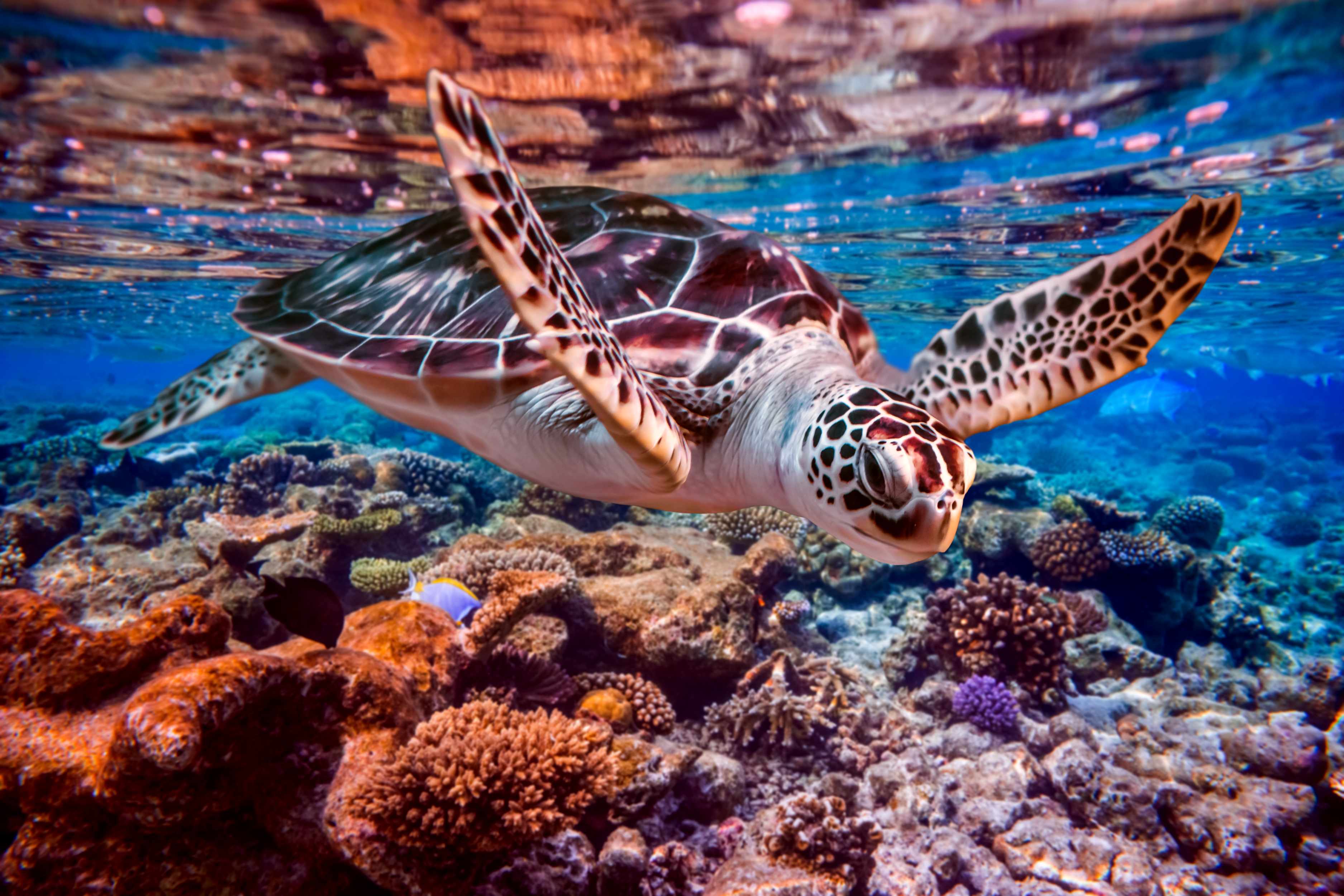11 Animals With Mind-Blowing Navigation Skills We Barely Understand
In the vast tapestry of the natural world, few phenomena are as mesmerizing and complex as animal navigation. From the smallest insects to the largest mammals, the ability of animals to traverse vast distances with precision has long captivated scientists and laypeople alike. This article embarks on a journey to explore the remarkable navigation skills of 11 extraordinary animals, each of which challenges our understanding of nature's intricacies. As we delve into the marvels of these creatures, we will uncover the mechanisms, adaptations, and evolutionary marvels that enable them to perform feats of navigation that often defy human comprehension. This exploration not only highlights the prowess of these creatures but also beckons us to ponder the mysteries of the natural world and our place within it. Join us as we embark on this journey of discovery, where each section unveils a new chapter in the awe-inspiring saga of animal navigation.
1. Monarch Butterflies: The Masters of Migration

Monarch butterflies are perhaps the most celebrated navigators in the insect world, undertaking an epic migration that spans thousands of miles. Each year, millions of these delicate creatures embark on a journey from North America to the central Mexican forests, a feat that requires precise navigation across continents. Despite their fragile appearance, monarchs possess an innate ability to use the sun as a compass, adjusting their flight path based on the time of day. Recent studies suggest that they also utilize a magnetic compass, allowing them to navigate even on overcast days. This dual navigation system is a testament to the evolutionary ingenuity that enables these insects to complete their arduous journey. The monarchs' migration is not only a marvel of navigation but also a vital ecological event, as their presence supports a myriad of ecosystems along their route.
2. Homing Pigeons: The Avian Navigators

Homing pigeons have long been celebrated for their uncanny ability to find their way home over vast distances. This skill has been harnessed by humans for centuries, from ancient message delivery systems to modern racing competitions. The secret to their navigational prowess lies in a combination of environmental cues and an internal map. Pigeons are known to use the Earth's magnetic field as a guide, a skill that is complemented by their ability to recognize landmarks from high altitudes. Additionally, they possess a remarkable sense of smell, which aids in their orientation and route correction. The study of homing pigeons has provided valuable insights into the neural mechanisms of navigation, offering a glimpse into the sophisticated systems that underpin avian navigation.
3. Sea Turtles: Oceanic Wayfarers

Sea turtles are among the most enigmatic navigators of the marine world, undertaking long migrations across vast oceanic expanses. From the moment they hatch on sandy beaches, these turtles embark on a journey that will take them across entire ocean basins. Scientists have discovered that sea turtles utilize a geomagnetic map, allowing them to navigate by detecting variations in the Earth's magnetic field. This ability enables them to return to the very beaches where they were born, a phenomenon known as 'natal homing'. The precision of their navigation is astonishing, with some species traveling thousands of miles to reach their feeding grounds. The study of sea turtle navigation continues to reveal the complexities of marine orientation and the adaptive strategies that have evolved to ensure their survival.
4. Arctic Terns: The Long-Distance Champions

Arctic terns are renowned for their extraordinary migratory journey, traveling from their breeding grounds in the Arctic to the Antarctic and back each year. This epic round trip, covering over 44,000 miles, is the longest migration of any animal on the planet. The terns' navigation skills are a marvel of evolutionary adaptation, allowing them to exploit the perpetual daylight of polar summers and optimize their energy use. Researchers believe that Arctic terns use a combination of celestial navigation, geomagnetic cues, and environmental landmarks to guide their journey. The endurance and navigational precision of these birds highlight the incredible feats of migration that occur in the avian world, offering a window into the evolutionary pressures that shape long-distance travel.
5. Salmon: The Freshwater Navigators

Salmon are iconic for their remarkable life cycle, which involves a precise migration from the ocean to freshwater streams where they spawn. This journey, often spanning hundreds of miles, requires an intricate navigation system that guides them back to their natal rivers. Salmon are believed to use a combination of olfactory cues and geomagnetic navigation to find their way home. As they approach freshwater, their sense of smell becomes the dominant guide, allowing them to detect the unique chemical signature of their birthplace. This dual navigation system is a testament to the salmon's adaptability and the evolutionary pressures that have shaped their migratory behavior. The study of salmon navigation provides insights into the complex interplay between sensory systems and ecological demands.
6. Elephants: The Land Giants with a Compass
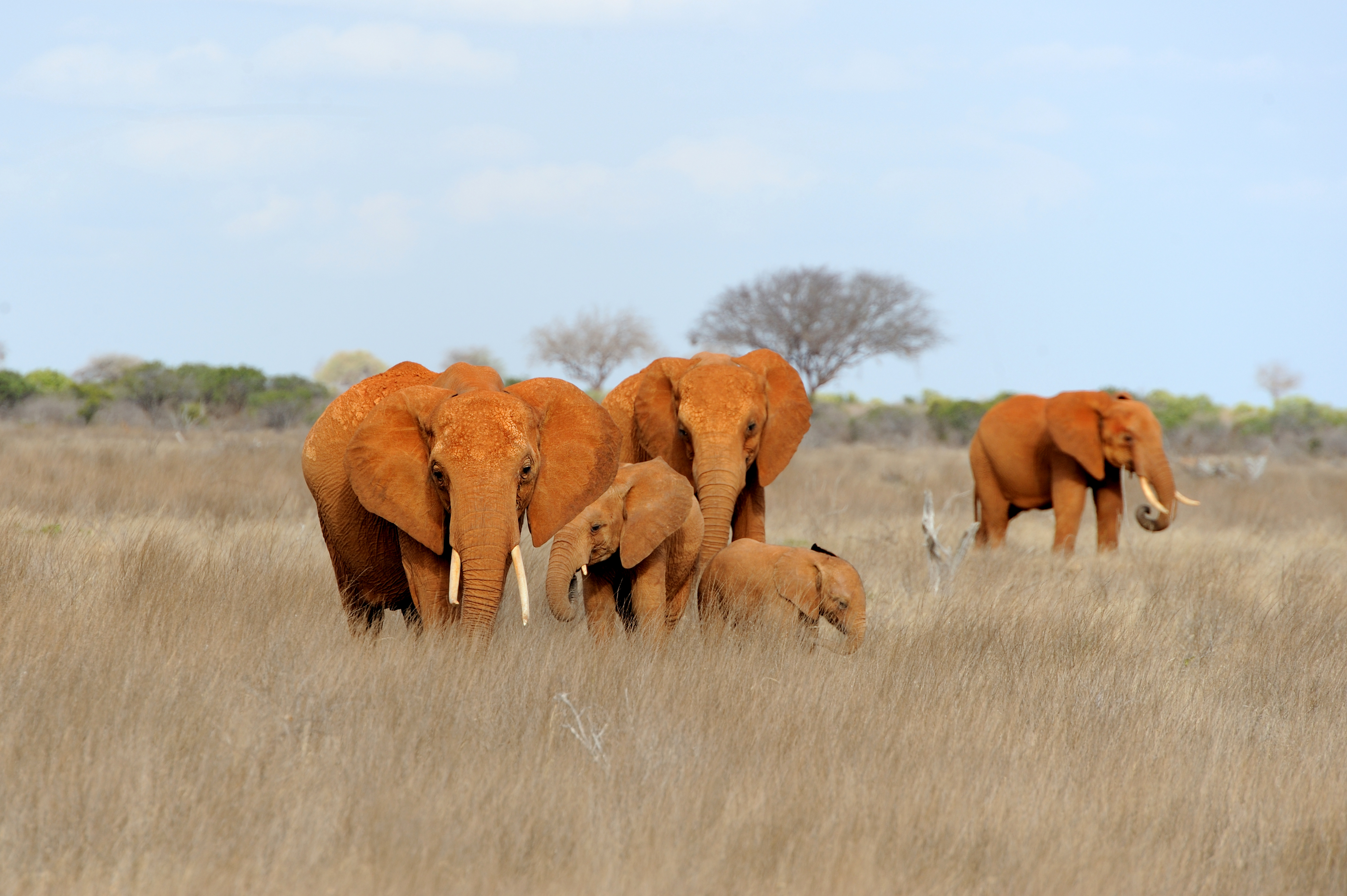
Elephants, the majestic giants of the land, are known for their intelligence and complex social structures. Among their many remarkable traits is their ability to navigate vast landscapes, often in search of water and food. Elephants possess an impressive spatial memory, allowing them to remember the locations of water sources and migratory routes over long periods. Recent research suggests that they may also use infrasonic calls to communicate over great distances, coordinating their movements as they traverse the savannah. Additionally, elephants are thought to have a keen sense of direction, possibly linked to geomagnetic cues, which aids in their long-distance travel. The study of elephant navigation not only enriches our understanding of their behavior but also underscores the importance of preserving their migratory corridors in the face of habitat fragmentation.
7. Honeybees: The Tiny Navigators with Big Skills

Honeybees, though small in stature, are giants in the realm of navigation. These industrious insects are capable of foraging over vast areas, returning to their hives with remarkable precision. Honeybees utilize a sophisticated navigation system that includes the use of polarized light patterns, the position of the sun, and even the Earth's magnetic field. Their famous "waggle dance" is a form of communication that conveys information about the direction and distance of food sources to other members of the hive. This dance is a testament to the bees' complex spatial awareness and their ability to process environmental cues. The study of honeybee navigation has provided valuable insights into the cognitive abilities of insects and the evolutionary adaptations that enable them to thrive in diverse environments.
8. Bats: The Nighttime Navigators
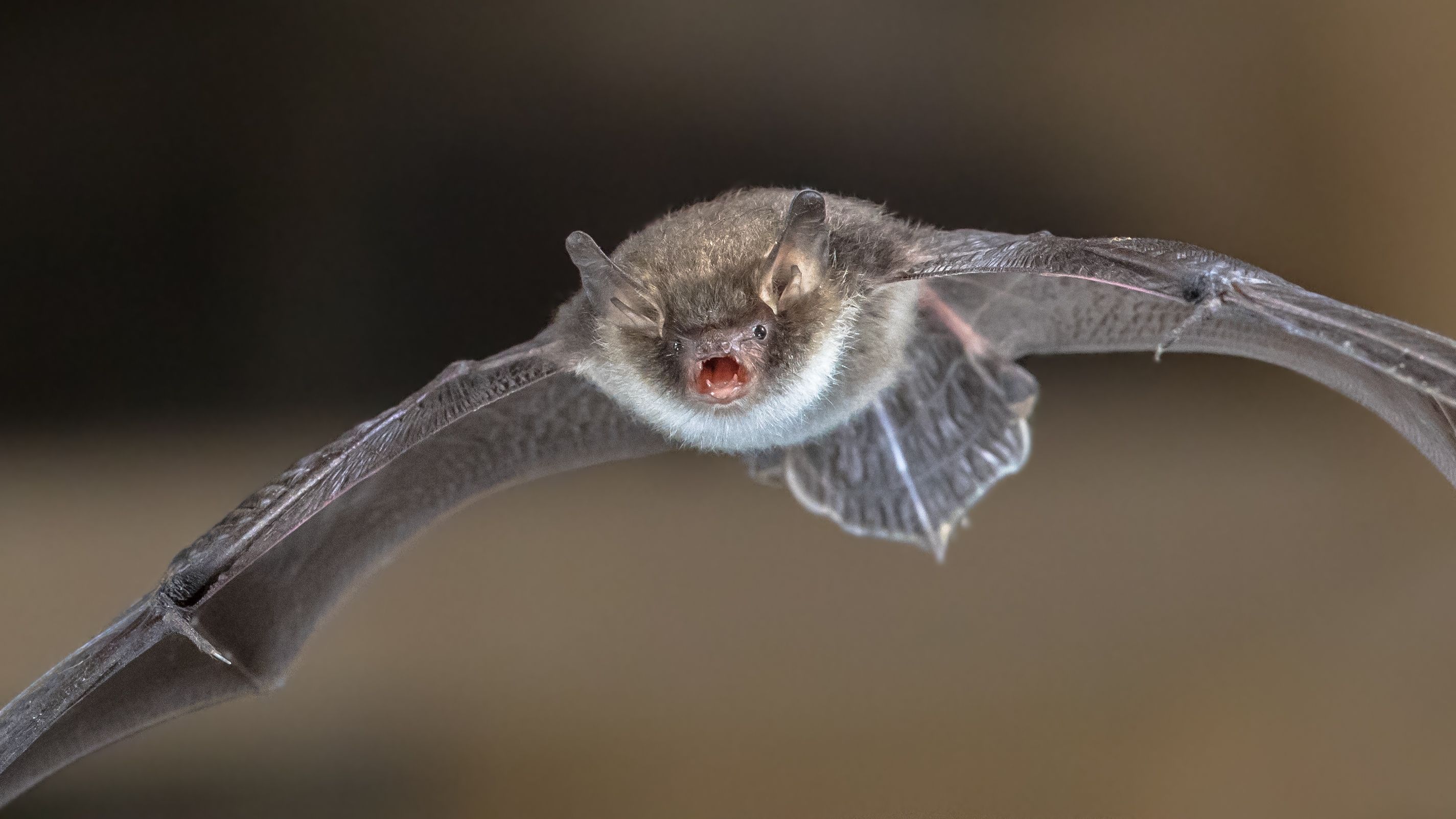
Bats, the only mammals capable of sustained flight, are renowned for their nocturnal navigation skills. These creatures of the night rely on echolocation, a sophisticated biological sonar system, to navigate and hunt in complete darkness. By emitting high-frequency sound waves and interpreting the returning echoes, bats can construct detailed mental maps of their surroundings. This ability allows them to maneuver through complex environments with incredible agility. In addition to echolocation, some bat species are believed to use the Earth's magnetic field and visual landmarks to aid in navigation during long-distance migrations. The study of bat navigation offers a fascinating glimpse into the sensory adaptations that enable these mammals to thrive in their nocturnal niche.
9. Whales: The Ocean's Navigators
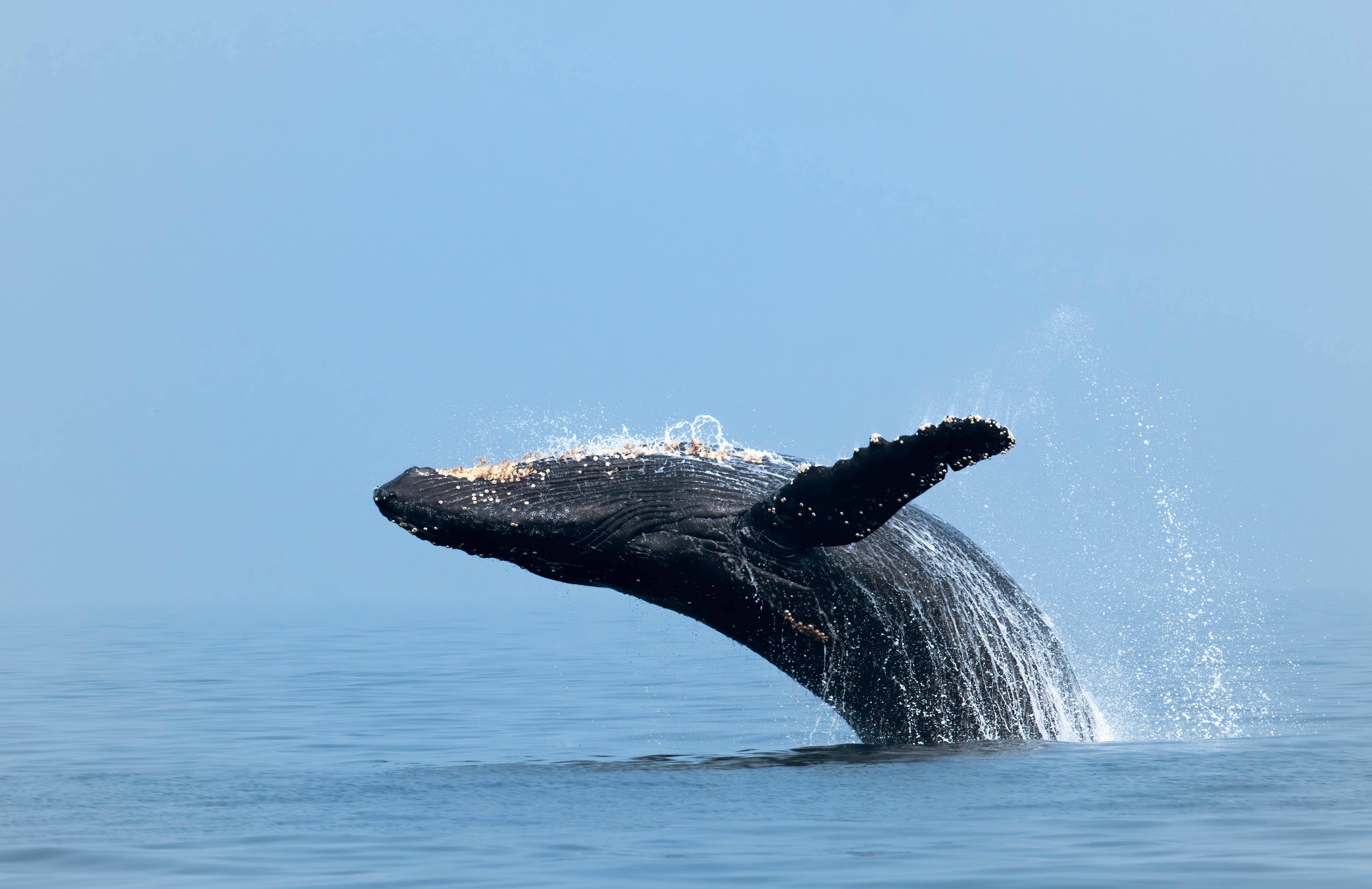
Whales, the leviathans of the sea, are among the most accomplished navigators of the marine world. These majestic creatures undertake long migrations between feeding and breeding grounds, often covering thousands of miles. Whales are believed to use a combination of geomagnetic cues, celestial navigation, and acoustic signals to guide their journeys. Their ability to communicate over vast distances using low-frequency sounds, known as whale songs, plays a crucial role in maintaining social bonds and coordinating movements. The study of whale navigation sheds light on the complex interplay between sensory systems and the ocean environment, highlighting the evolutionary adaptations that enable these giants to traverse the world's oceans with precision.
10. Ants: The Miniature Navigators with Monumental Skills
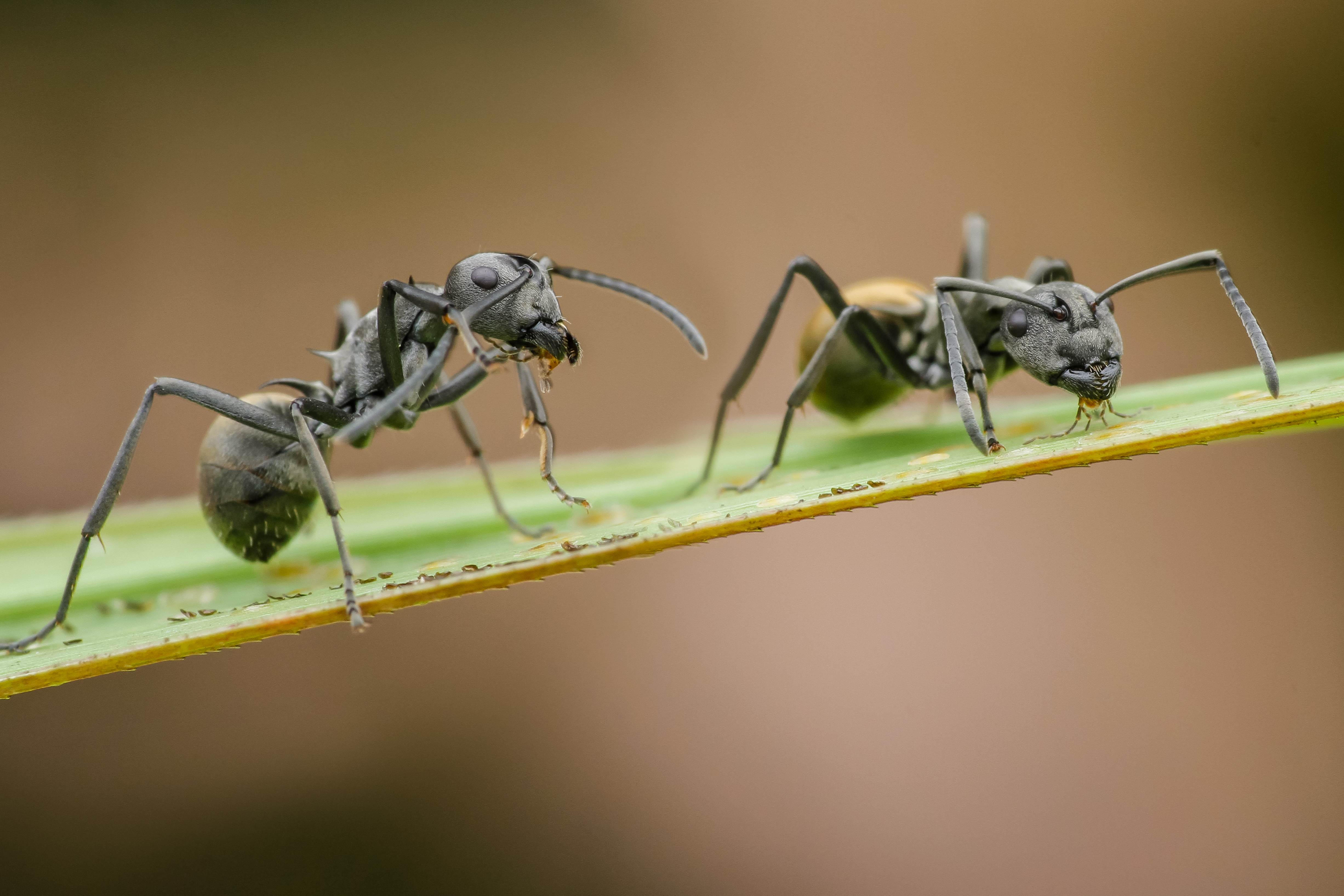
Ants, despite their diminutive size, are among the most skilled navigators in the insect world. These impressive creatures are capable of traveling long distances in search of food, often returning to their nests with remarkable accuracy. Ants use a variety of navigation strategies, including pheromone trails, path integration, and visual landmarks. Some species, such as the desert-dwelling Cataglyphis ants, have been shown to use polarized light patterns and the position of the sun to navigate in harsh environments. The study of ant navigation provides insights into the cognitive abilities of insects and the evolutionary adaptations that enable them to thrive in diverse habitats. The complex social structure of ant colonies further underscores the importance of effective navigation in their survival and success.
11. Wolves: The Pack Navigators
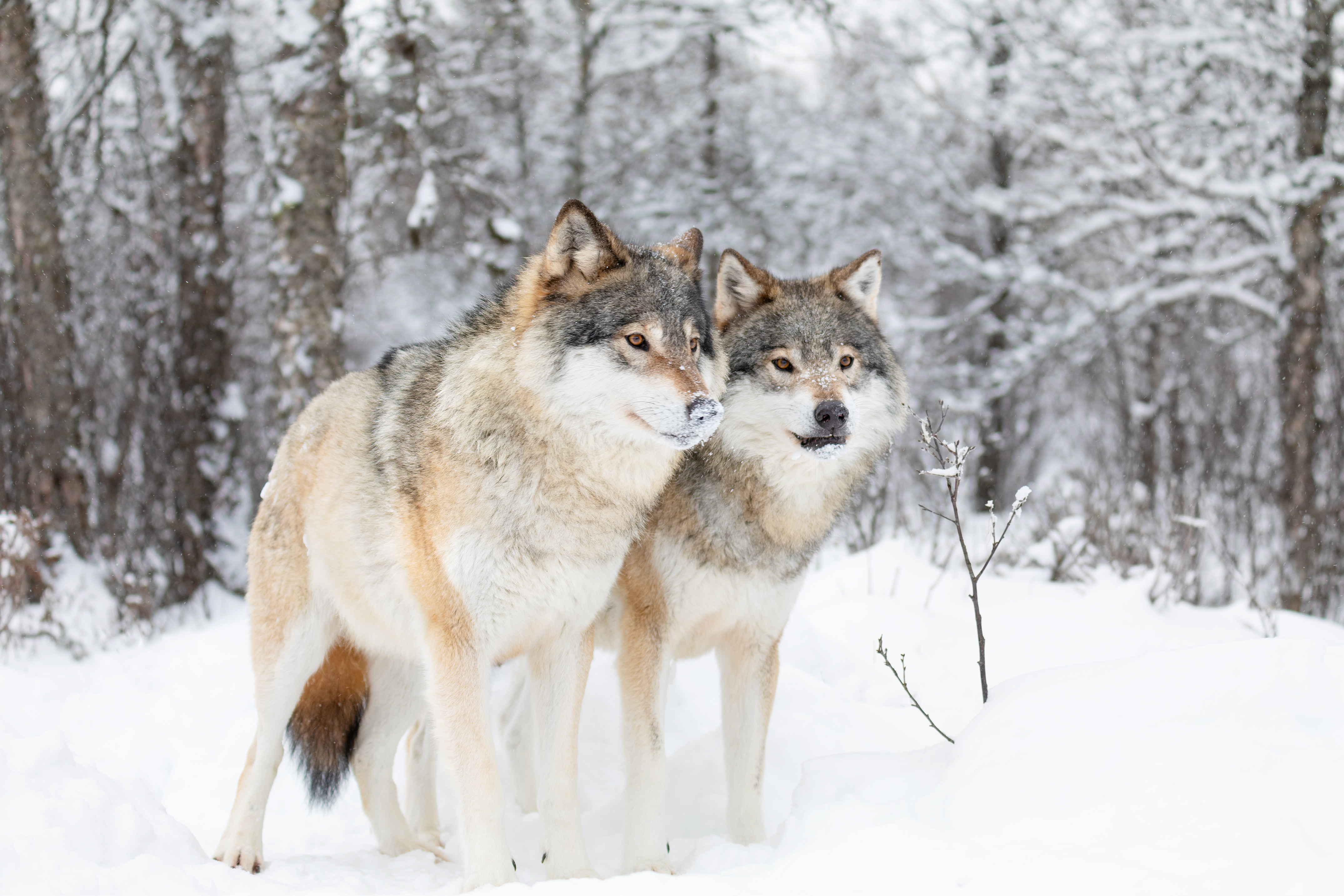
Wolves, the iconic predators of the wild, are known for their intelligence and complex social structures. These pack animals are highly skilled navigators, capable of traversing vast territories in search of prey. Wolves possess an impressive spatial memory, allowing them to remember the locations of hunting grounds and migratory routes over long periods. Their navigation skills are further enhanced by their acute sense of smell, which aids in tracking prey and communicating with pack members. Recent research suggests that wolves may also use geomagnetic cues to aid in navigation, a skill that is particularly useful in the vast, open landscapes they inhabit. The study of wolf navigation not only enriches our understanding of their behavior but also highlights the importance of preserving their habitats in the face of human encroachment.
As we conclude our exploration of these 11 extraordinary animals, we are left with a profound appreciation for the complexity and diversity of navigation in the natural world. Each species, with its unique adaptations and strategies, offers a glimpse into the evolutionary pressures that have shaped the ability to navigate across vast landscapes and oceans. The study of animal navigation not only deepens our understanding of the natural world but also challenges us to consider the broader implications of these abilities. In a rapidly changing world, where human activities increasingly impact the habitats and migratory routes of these creatures, it is imperative that we strive to preserve the delicate balance that enables them to thrive. As we marvel at their navigation skills, let us also reflect on our responsibility to protect the natural world and the incredible creatures that inhabit it.




